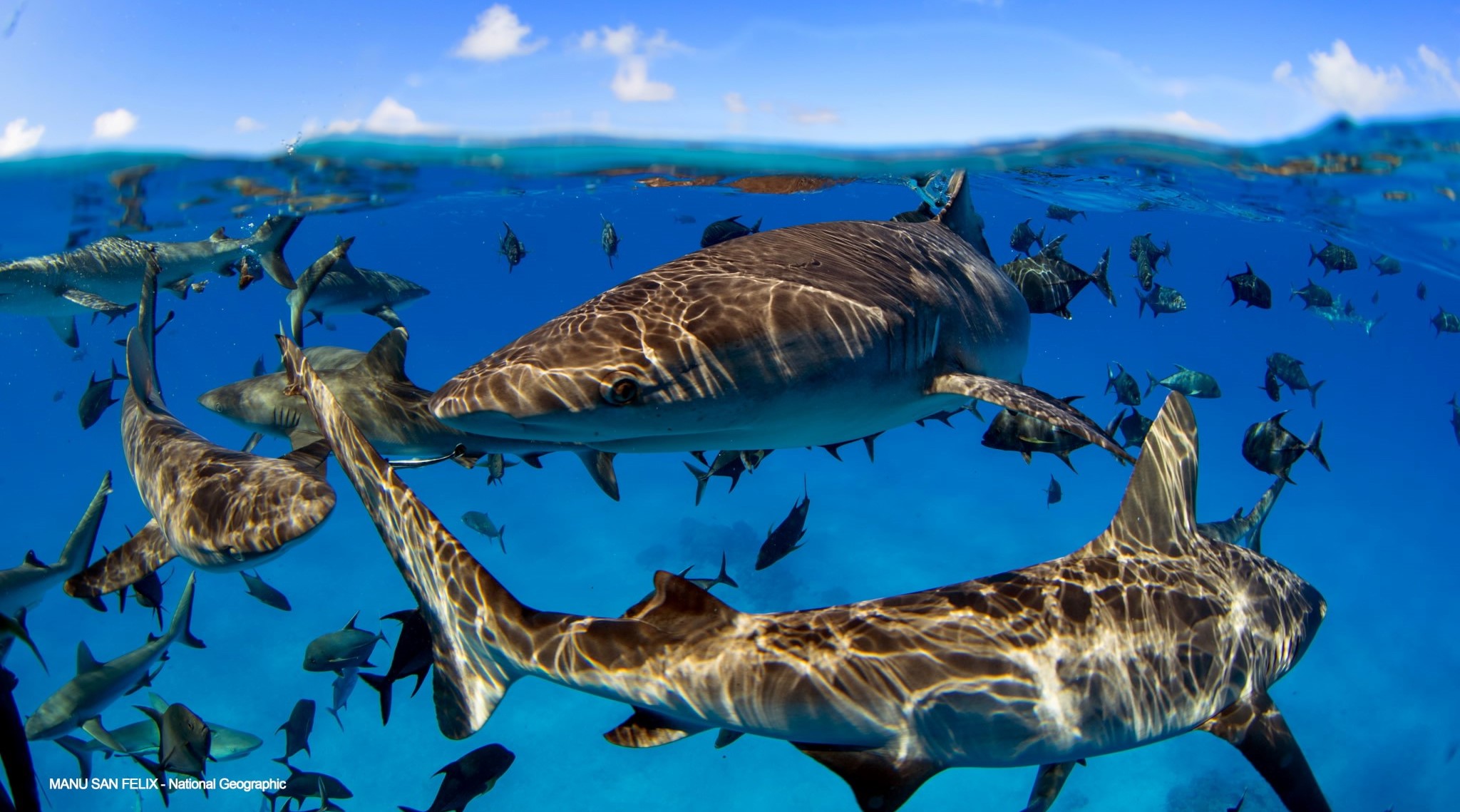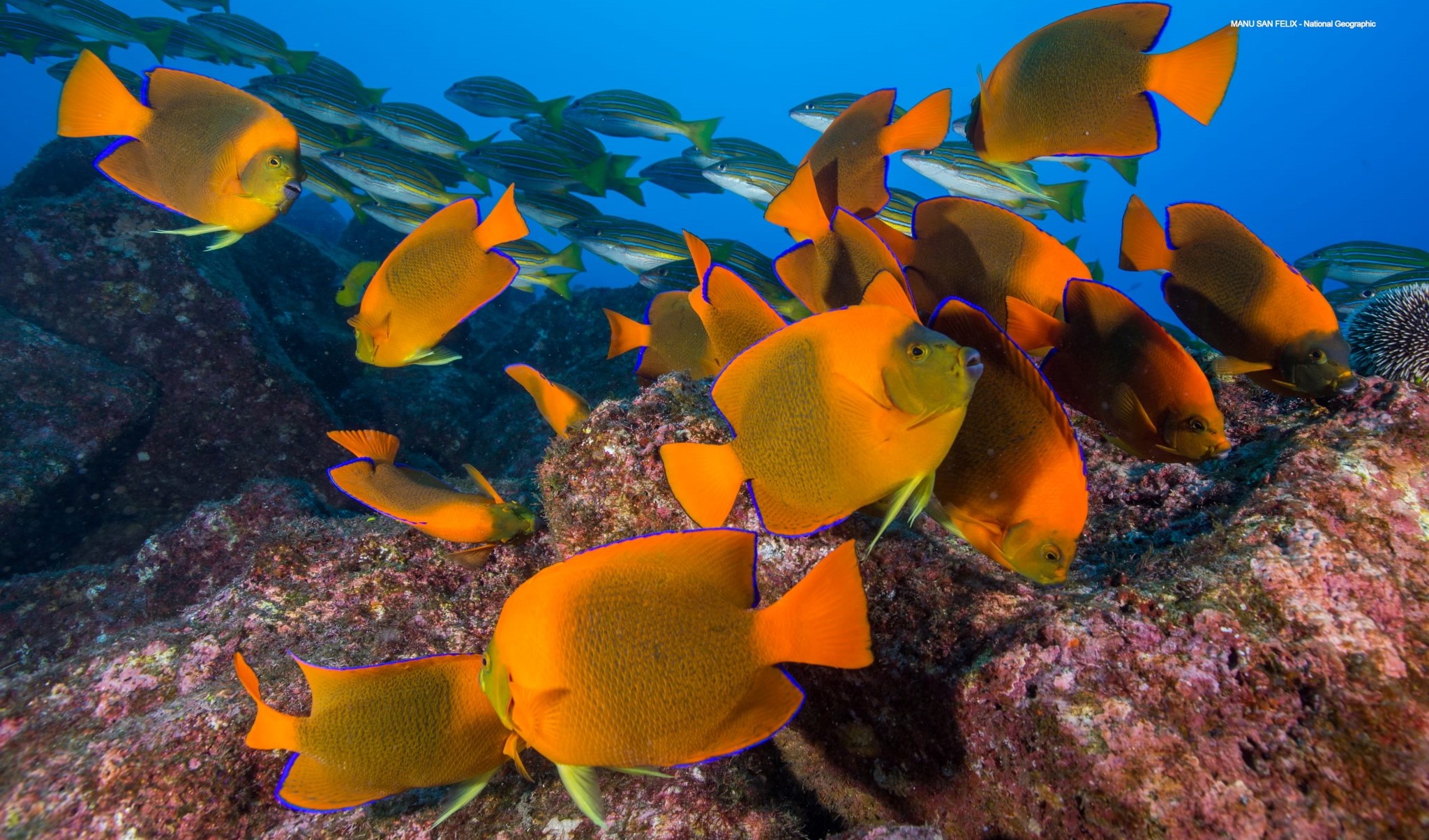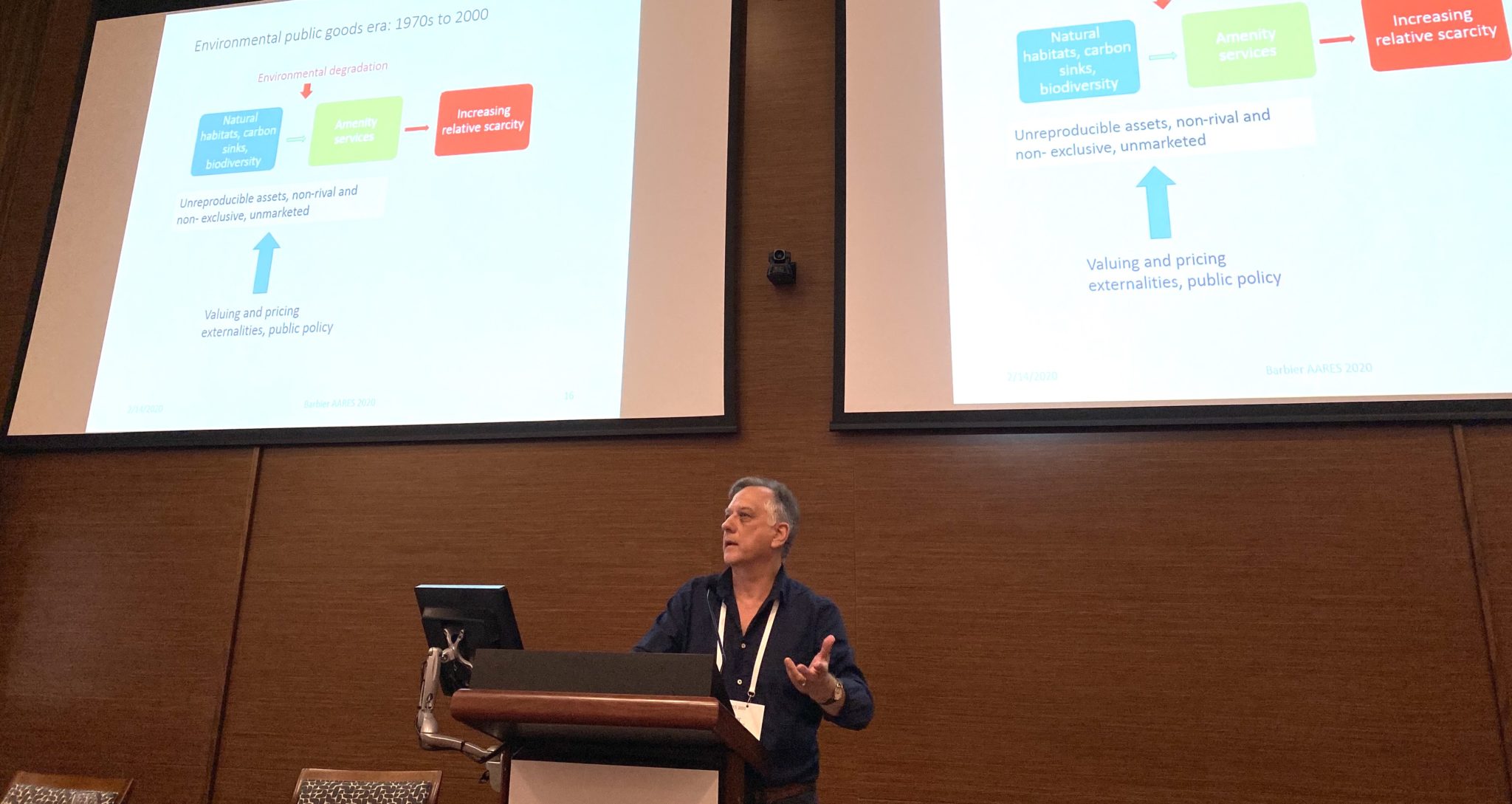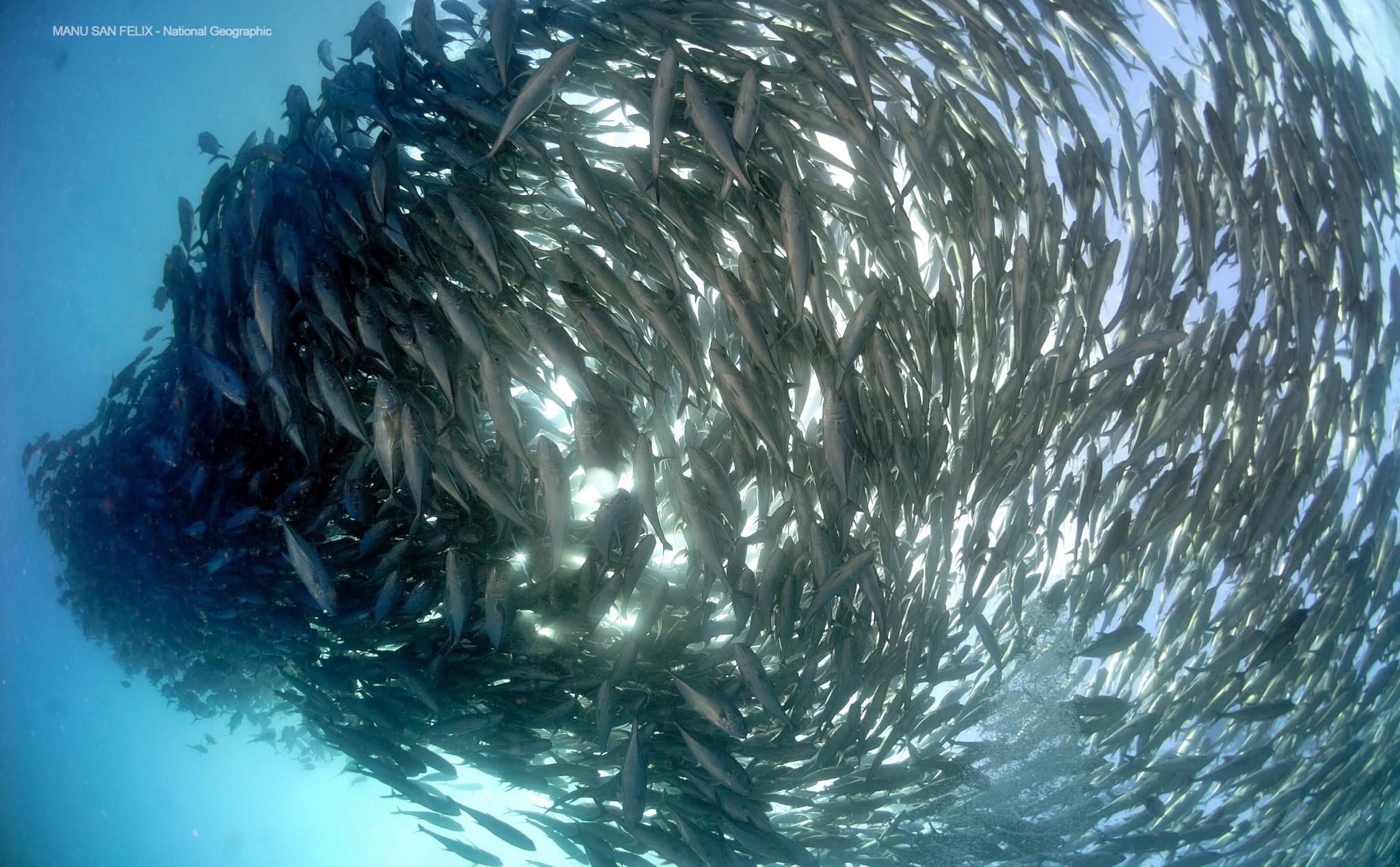From ‘Nature’ articles on tropical forests and marine life to media interviews and a keynote in Australia, renowned CSU economist is making the rounds
Edward Barbier, one of the world’s foremost environmental economists, has been a busy man lately.
Barbier is a University Distinguished Professor of Economics and Senior Scholar in the School of Global Environmental Sustainability at Colorado State University who was recruited to CSU from the University of Wyoming in 2017. He played a key role in preparing two recent groundbreaking articles in the prestigious scientific journal Nature, and he gave a Feb. 14 keynote address at the 64th Annual Conference of the Australasian Agricultural and Resource Economics Society in Perth, Australia.
He participated in several media interviews while in Australia, where the new leader of the Australian Greens party, Adam Bandt, recently called for an “Australian Green New Deal.” (In 2009, Barbier authored the United Nations’ Global Green New Deal, which offered a new way of looking at economics by putting a correct price on nature.) Barbier’s interviews included one that resulted in a Feb. 13 segment on the Australian Broadcasting Corp.’s Radio National Drive.
Fighting deforestation
The first Nature article, a Feb. 12 “Comment” piece that Barbier co-authored with three others, is titled “Adopt a carbon tax to protect tropical forests” and focuses on a policy solution to slow deforestation. The authors point to Costa Rica and Colombia as examples of countries that have successfully implemented taxes on fossil fuels to fund natural climate solutions, and they urge other countries to follow suit.
“Our own analysis shows that, if 12 other countries roll out a tropical carbon tax similar to Colombia’s, they could raise $1.8 billion each year between them to invest in natural habitats that benefit the climate,” they write. “We call on governments, development banks, financial investors and non-governmental organizations to support those countries that need financial and technical help to implement this policy, and to ensure that the money raised is spent efficiently and effectively.”
Barbier and one of his co-authors wrote about the article in an op-ed for Climate Change News.
“If we’re going to talk about saving nature, we need to talk about how we’re going to pay for it,” Barbier says. “Our economies are still treating nature as if it’s free. If you lose things like mangroves and water quality, the cost is huge. The benefits they are providing are not something we’ve taken into account economically.”
Restoring marine life
The second Nature article, published April 1, is about a landmark study outlining how marine life can be rebuilt by the year 2050.
That project brought together leading marine scientists from four continents, 10 countries and 16 universities. In addition to CSU, those universities included Massachusetts Institute of Technology, Boston University, King Abdullah University of Science and Technology, Aarhus University, Pontificia Universidad Catolica de Chile, Sorbonne Universite, James Cook University, the University of Queensland, Dalhousie University and the University of York.
The article, titled “Rebuilding marine life,” states that the recovery rate of marine life can be accelerated to achieve substantial restoration within two to three decades for most components of marine ecosystems, if climate change is tackled and efficient interventions are deployed at large scale.
Nine key components
By studying the impact of previously successful ocean conservation interventions and recovery trends, the researchers identify nine components integral to rebuilding marine life: saltmarshes, mangroves, seagrass, coral reefs, kelp, oyster reefs, fisheries, megafauna and the deep sea.
By stacking a combination of six complementary interventions, called “recovery wedges,” the report identifies specific actions within the broad themes of protecting species, harvesting wisely, protecting spaces, restoring habitats, reducing pollution and the mitigation of climate change.
Barbier prepared the economic component of the study, outlining what policies would be needed to preserve and restore marine life.
“If we carry on what we’re doing, we’ll see massive declines in marine biodiversity,” Barbier says.
Speech in Australia
Barbier’s keynote address in Australia was titled “From Limits to Growth to Planetary Boundaries: The Evolution of Economic Views on Natural Resource Security.” In his talk, Barbier outlined views on scarcity from the 1950s onwards, and how economics must now grapple with the uncertainties of global environmental degradation. One policy implication is the transition to a green economy, which is also a theme he touched on in his ABC radio interview.
“The green economy is one of the fastest growing sectors around the world,” Barbier said. “Like the U.S.A., Australia is in danger of falling behind in what might be the biggest economic shift since the IT revolution, which could not only be the answer to a healthy environment, but also to a growing economy.”
“This isn’t some radical solution that requires the end of capitalism,” he added. “It’s about having sound approaches to break the deadlock of overusing the natural environment and giving nature a zero value. Two straightforward ways to cover the cost and help accelerate a green economy revolution, while lowering the overall price tag of what’s needed, are passing a carbon tax and removing subsidies that inhibit the transition to cleaner energy.”
The Department of Economics is in CSU’s College of Liberal Arts.





